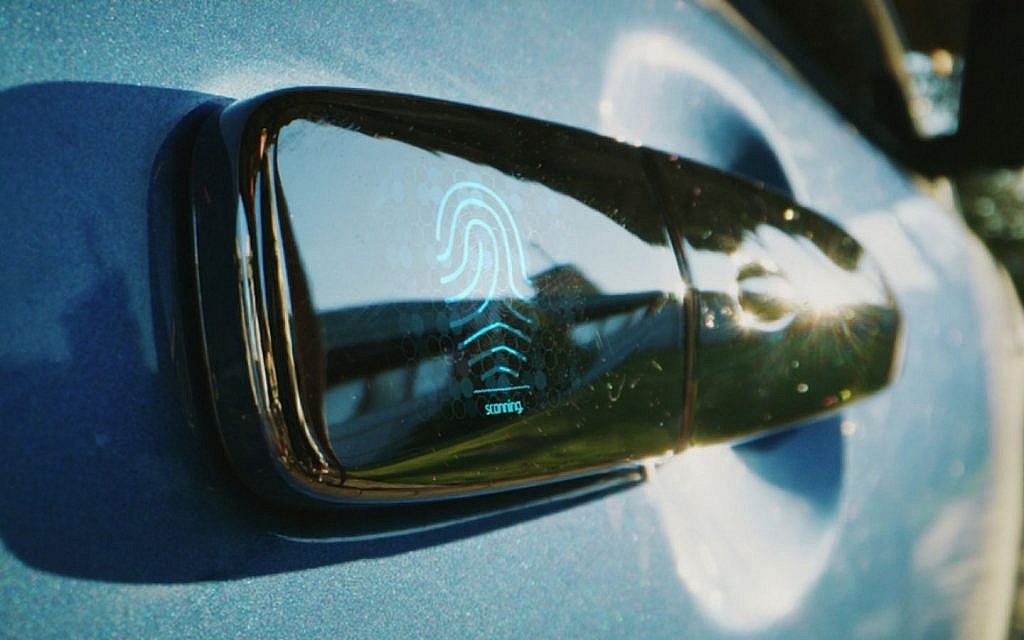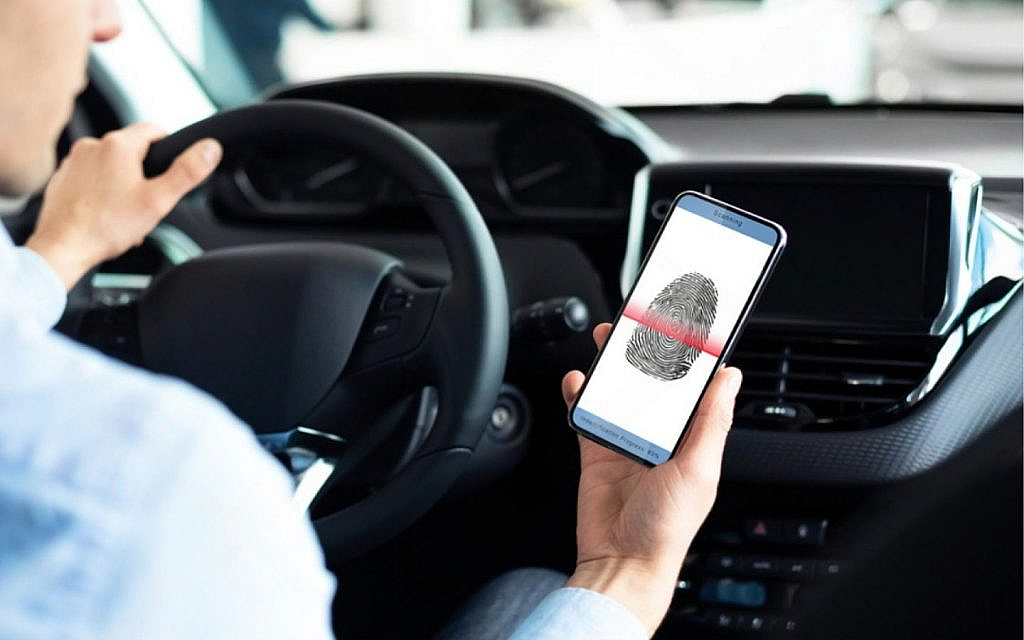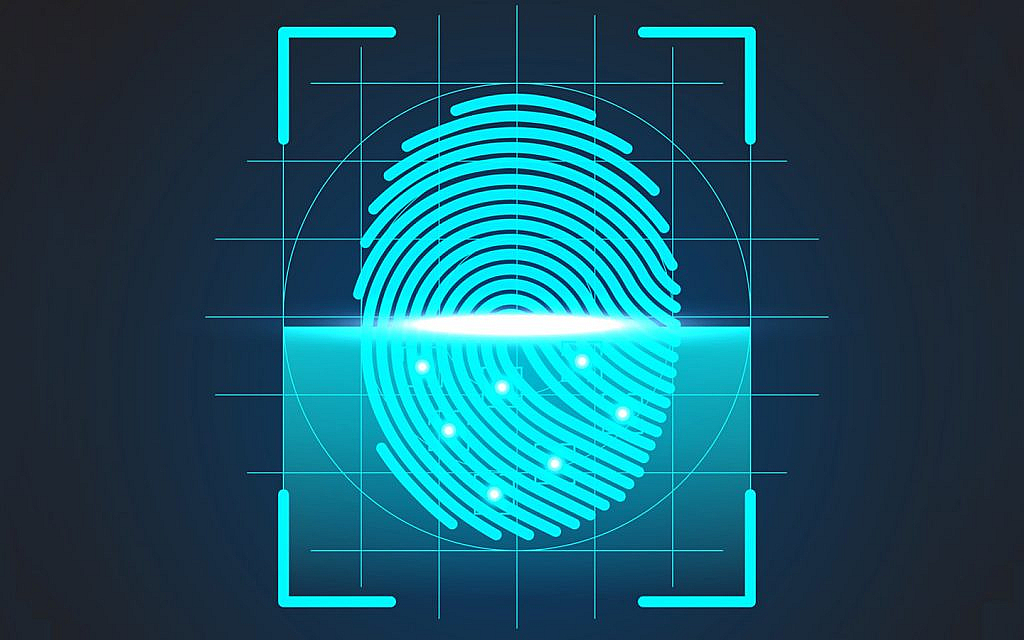Reasons Why Biometric Car Entry Is Not Working
Biometric car entry systems are revolutionising vehicle security and convenience. Instead of relying on traditional keys or fobs, these advanced systems use fingerprint or facial recognition to identify the driver and grant seamless access. Many latest car models, such as the Genesis GV60, Hyundai Ioniq 5 and select Mercedes-Benz models, now integrate biometric authentication as part of their smart keyless entry setup.
However, like any advanced technology, biometric entry systems can sometimes malfunction — refusing to unlock or recognise the authorised user. This can happen due to various hardware, software or environmental factors.
How Biometric Car Entry Works
A biometric car entry system allows you to unlock and start your vehicle using unique physical traits, such as fingerprints or facial recognition. When you place your finger on the sensor or look at the camera, the system scans your biometric data and compares it to stored information. If there’s a match, the system unlocks the doors and allows the engine to start. This technology increases vehicle cybersecurity and convenience by making sure only authorised users can access the car.
These systems typically use optical, capacitive or ultrasonic sensors supported by encryption software and AI-powered algorithms. Artificial intelligence in cars helps to learn from user behaviour, adapt to slight changes in fingerprints or facial features and improve accuracy over time.
Common Reasons Why Biometric Car Entry Stops Working

If your car’s biometric access isn’t responding, one or more of the following factors may be responsible:
Sensor-Related Issues
- Dirty or damaged sensor: Dust, oil, moisture or scratches on the sensor can interfere with accurate readings.
- Ageing or worn-out hardware: Components such as dead key fob batteries, damaged sensors, worn buttons or faulty wiring can cause system failures.
- Physical misalignment: If the sensor is not properly aligned, it may fail to capture your fingerprint or facial pattern correctly.
Poor Enrolment or Data Corruption
- Low-quality registration: If your fingerprint or face was poorly scanned during setup, recognition may fail later.
- Corrupted or lost data: Software updates or memory errors can delete or distort stored biometric profiles.
- Unregistered input: You may be using a finger or face that wasn’t saved in the system.
Software or Firmware Problems
- Glitches or bugs: Internal system errors may temporarily disable the biometric module.
- Firmware incompatibility: After an update, older templates or configurations may no longer work properly.
- Algorithm sensitivity: The system might reject inputs due to slight physical changes (e.g. cuts, dryness or swelling).
Power and Connectivity Faults
- Low car battery: An insufficient power supply can affect the biometric module’s performance.
- Loose wiring or blown fuse: Damaged connectors or internal wiring faults may interrupt power to the system.
Environmental Conditions
- Extreme temperatures: Both excessive heat and cold can reduce sensor responsiveness.
- Humidity and sweat: Moisture on the skin or sensor can distort fingerprint ridges.
- Lighting interference: For facial recognition, glare or low light may prevent the camera from capturing features accurately.
Security and Authorisation Settings

- Liveness or anti-spoofing detection: The system might reject a scan if it suspects tampering or an invalid input.
- Fob dependency: Some models (like the Kia EV9) require the physical key fob to be nearby for biometric entry or registration.
Signal Interference and System Desynchronisation
- Nearby electronic devices: Wi-Fi routers or other key fobs can cause frequency interference, disrupting communication.
- Loss of synchronisation: Sometimes, the car’s system and the biometric device can lose synchronisation, blocking authentication until reset or reprogramming is done.
How to Fix Biometric Car Entry Problems
If your car fingerprint entry is not working, follow these step-by-step troubleshooting methods:
Step 1: Clean and Inspect the Sensor
Wipe the fingerprint or facial sensor gently with a microfiber cloth. Avoid harsh chemicals. Check for scratches or cracks that may be affecting performance. Replace the sensor cover if damaged.
Step 2: Re-Enrol Your Biometric Data
Delete existing templates and re-register your fingerprints or facial profile under good lighting conditions.
- Make sure your hands or face are clean and dry.
- Enrol multiple fingers or profiles for better reliability.
Step 3: Check for Software Updates
Vehicle manufacturers and biometric system providers release firmware updates to improve recognition algorithms and fix bugs. Users should keep their car system software updated. Calibration may also be needed to ensure sensors adapt to environmental changes and reduce errors.
Step 4: Verify Power Supply
Inspect your car battery’s voltage and replace it if weak. Examine the fuse box and wiring connections associated with the biometric module for damage or corrosion.
Step 5: Ensure Key Fob is Present
In some vehicles, biometric entry will only activate if the original key fob is detected nearby. Place the fob close to the biometric reader or charging pad before attempting to unlock.
Step 6: Reset or Reboot the System
Perform a system reset through the infotainment menu or by disconnecting the car battery for a few minutes. This can clear minor electronic glitches.
Step 7: Seek Professional Assistance
If the issue persists, consult an authorised service centre. Technicians can perform diagnostic scans, replace faulty modules or recalibrate the sensor to restore full functionality.
Tips to Maintain a Biometric Entry System

By following these tips, you can avoid biometric car entry issues:
- Keep the sensor area clean and protected from dust and scratches.
- Avoid using wet, oily or cold fingers when scanning.
- Re-enrol your biometric data annually for the best accuracy.
- Park in shaded areas to protect sensors from direct heat exposure.
- Always keep a backup entry method (key fob, PIN or app) handy in case of failure. and
FAQs
Why is my biometric car entry not working?
It may fail due to dirt or moisture on the sensor, software glitches, a low battery or an unregistered or unreadable fingerprint.
Are biometric car entry systems reliable?
Generally, yes, but reliability depends on sensor quality, regular maintenance and clean user input. Extreme conditions can sometimes affect accuracy.
How do I fix a car biometric entry system?
Start by cleaning the sensor, checking the battery, updating the software and recalibrating fingerprints. Seek professional help if the hardware is faulty.
How do I reset biometric car entry?
Check your car’s manual. Usually, you can reset the system through infotainment or security settings, then re-enrol your fingerprints.
Together, biometric car entry and keyless ignition systems enhance both convenience and security, offering a truly modern driving experience when properly maintained. If your biometric car entry is not working, the problem often lies in sensor cleanliness, software errors or power issues. However, regular maintenance, software updates and professional servicing enhance system reliability.
Looking to upgrade to a newer vehicle with advanced smart features? Explore the latest cars for sale in the UAE on dubizzle and find models equipped with biometric technology.
Stay tuned to the dubizzle’s leading blog for more auto-related updates and maintenance tips.
Comments
Post a Comment